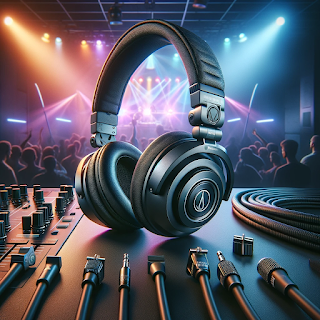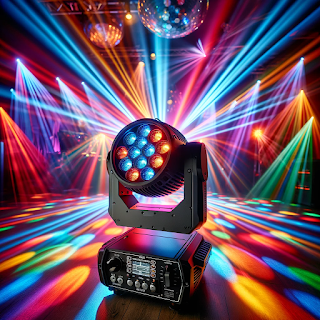Navigating the Digital Mix: A Comprehensive Guide to DJ Software Mastery
The digital era has transformed the DJ landscape, ushering in a wave of innovation and accessibility that was once unimaginable. Aspiring DJs no longer need to invest in expensive and bulky turntables or lug around crates of vinyl to gigs. Today, digital DJ software provides a comprehensive suite of tools that can turn a laptop into a full-fledged mixing station. This guide will delve into the intricacies of DJ software, offering insights and strategies to help both novice and seasoned DJs achieve mastery over their digital mix.
**Understanding the Interface**
Most DJ software interfaces share common features: a library management system, dual decks for loading tracks, waveforms for visualizing music, a mixer, and various effects. To begin, familiarize yourself with the layout of your chosen software. Whether it's Serato DJ, Traktor Pro, Virtual DJ, or Rekordbox, the principle remains the same: know where your tools are.
**Library Management**
Your music library is the backbone of your performance. Effective library management begins with organizing your tracks by genre, mood, key, and tempo. Use software features like crates, playlists, or folders to streamline your workflow. Advanced software allows for smart playlists, which automatically update based on criteria you set, keeping your sets dynamic and fresh.
**Beatmatching and Syncing**
Beatmatching is the skill of aligning the tempo of two tracks to play in sync. While software offers a sync button to automate this process, understanding manual beatmatching is crucial. It involves adjusting the tempo and phase of one track to match the other, using pitch sliders and jog wheels. This foundational skill not only improves your ear but also prepares you for situations where sync may fail or is unavailable.
**Waveform Manipulation**
Waveforms provide a visual representation of your tracks, allowing you to see breakdowns, drops, and other dynamic elements of your music. Use them to set and trigger cue points, loop sections, and anticipate transitions. Most software offers different waveform views, so experiment to find which works best for you.
**Mixing and EQing**
The digital mixer is where you blend tracks together. It includes channel faders, a crossfader, EQ knobs, and gain controls. Mastering EQing is essential—each track has its own sonic footprint, and it's your job to ensure they don't clash. Use the low, mid, and high-frequency knobs to blend tracks smoothly, cutting frequencies to avoid muddiness, and boosting them to highlight certain elements.
**Using Effects Creatively**
Effects can add texture and excitement to your mix. However, the key is subtlety; overuse can quickly become jarring. Familiarize yourself with standard effects like reverb, delay, flanger, and filters. Learn how they modify the sound and practice timing their application to enhance your sets.
**Exploring Advanced Features**
As you become more comfortable, explore your software's advanced features. This might include sampling, recording mixes, video mixing, DVS (Digital Vinyl System) control, and more. The ability to incorporate these elements into your performance can set you apart from the competition.
**Hardware Integration**
While software is powerful, integrating hardware like controllers, mixers, or turntables can expand your creative possibilities. Many DJs prefer the tactile feel of hardware controls over clicking a mouse or pressing keyboard keys. Find hardware that is compatible with your software and fits your workflow.
**Performance Recording and Analysis**
Record your sets to analyze them later. Most DJ software has built-in recording capabilities. Listening back can be enlightening, revealing both strengths and areas for improvement. Use this feature to refine your technique and track selection.
**Community and Resources**
Most DJ software platforms have a community of users. Engage with these communities through forums, tutorials, and social media groups. They can be invaluable resources for tips, tricks, and support.
**Continual Learning and Adaptation**
Finally, the landscape of DJ software is ever-evolving. New updates, features, and technologies emerge regularly. Keep learning and adapting to stay at the forefront of the digital DJing scene.
Mastering DJ software is a journey that can significantly enhance your performance and open up new creative avenues. With time, practice, and a willingness to explore, you can harness the full potential of your digital toolkit and elevate your DJ career to new heights.




Comments
Post a Comment